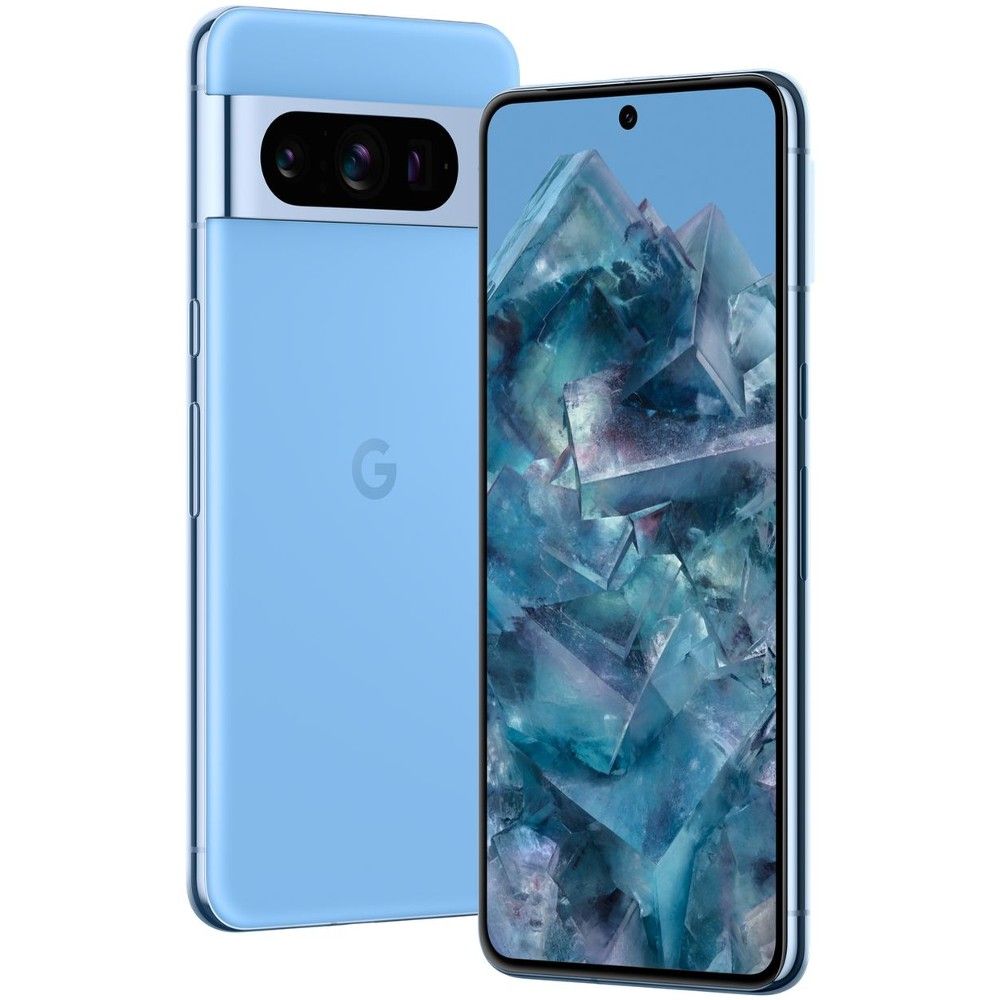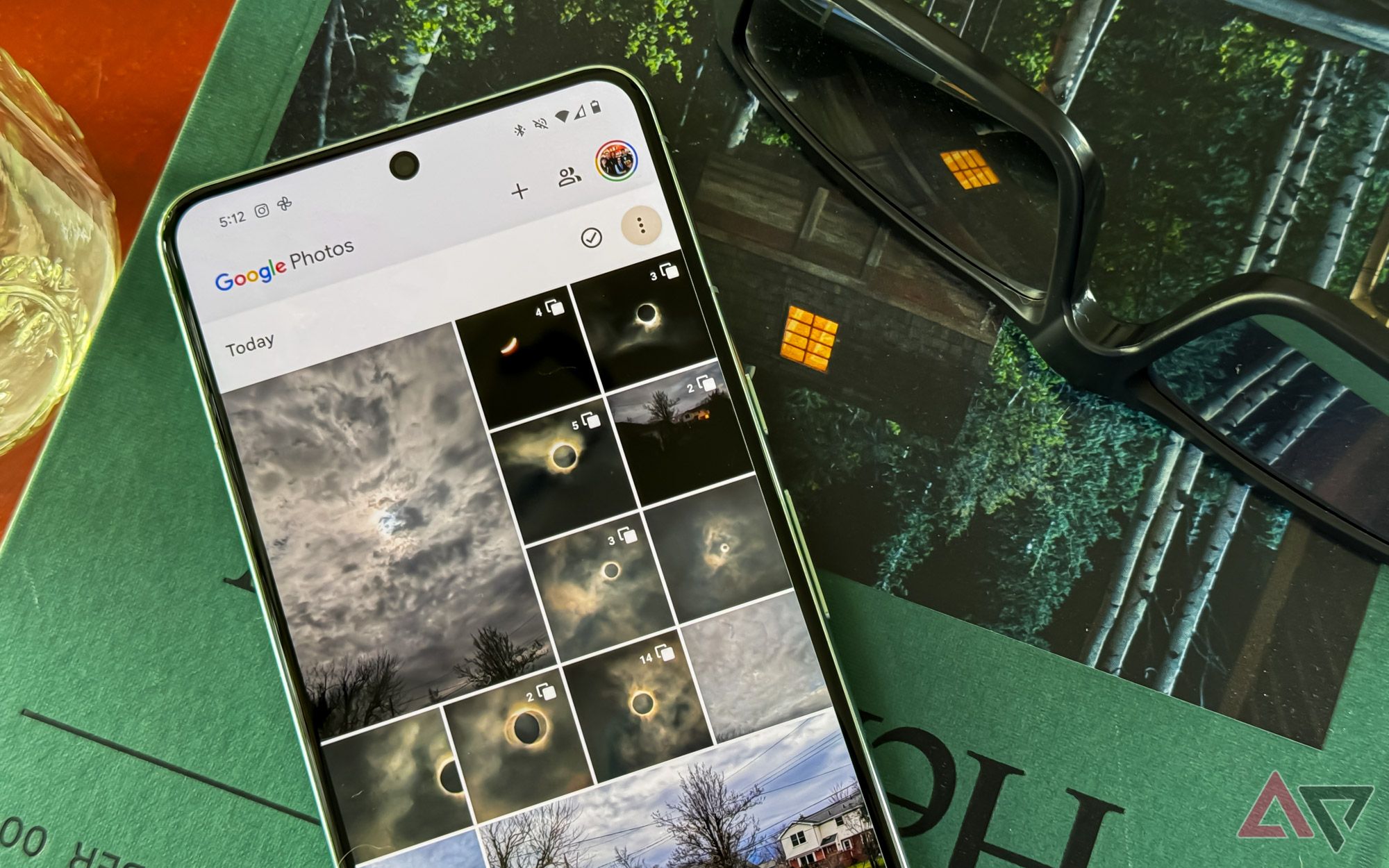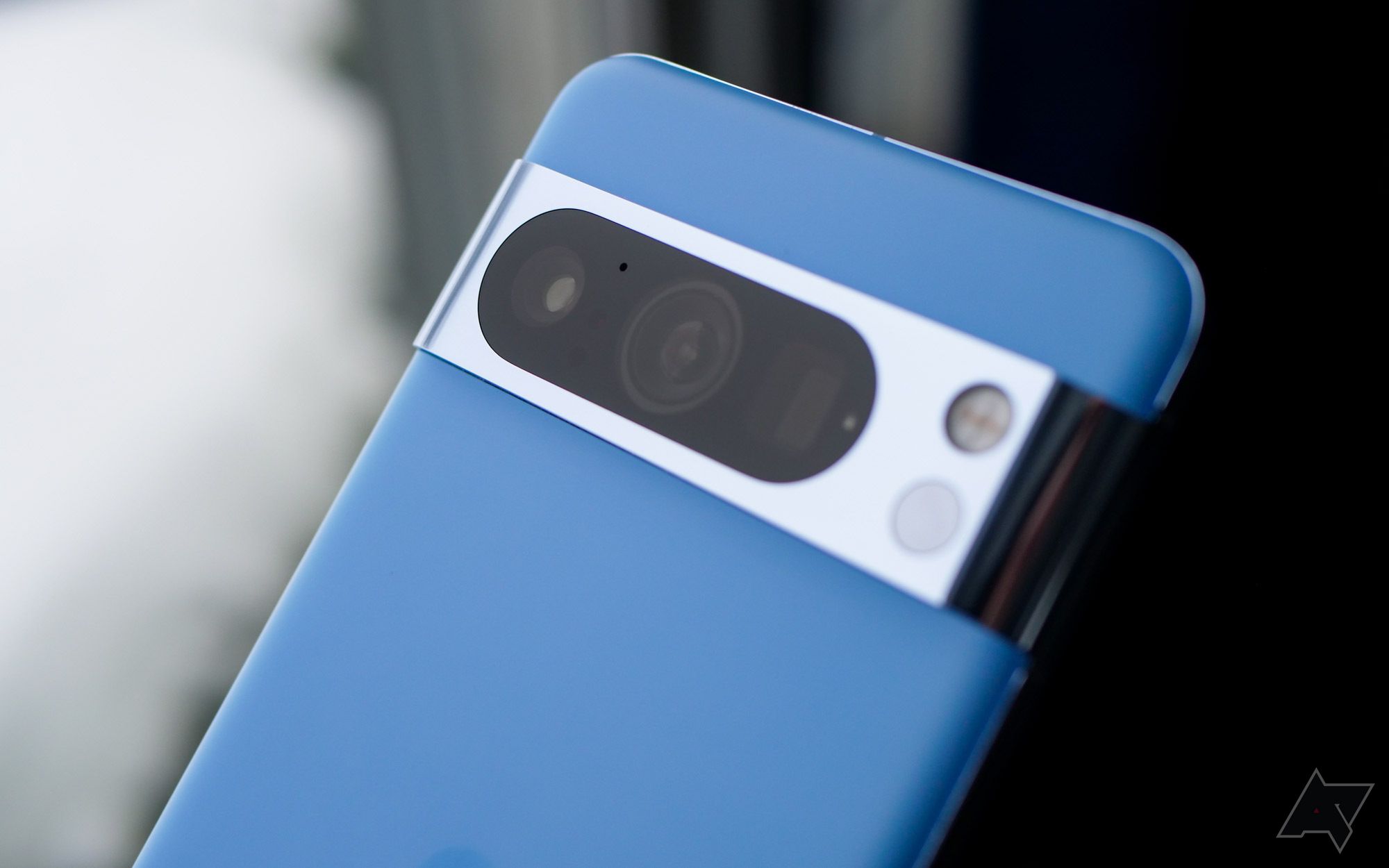The love I feel for my hometown is no secret. Ask anyone who’s met me at a Google launch event or MWC — I’m particularly proud of Buffalo, no matter how many bad seasons of football I’ve had to sit through. This year, we weren’t just graced with (relatively) bearable winter weather, but we also earned a spot in the path of totality during this year’s eclipse. And despite my lack of faith in smartphone cameras to capture such a momentous occasion, I grabbed my trusty Pixel 8 Pro and gave it my best shot.
A phone, the sun, and a whole lot of clouds
Or, how this editorial almost didn’t exist
Having lived in Western New York for my entire life, allow me to share some specific stats with you that I could’ve guessed on a gut level. Buffalo is one of the gloomiest cities in the US, and not just during the winter. We have, on average, over 200 days of cloud cover per year, and that’s just counting days with near-total overcast skies. Account for partly cloudy days and, well, you start to develop a real sense of seasonal depression, even outside of our brutal winters.
All of this is to say, I wasn’t particularly surprised when the forecast today called for overcast. And in the hours leading up to our moment in the path of totality, I started to doubt whether I’d be able to capture a single usable photo to write this piece. When I walked outside at three to check on the sun’s progress, I found that, aside from a few breaks, things weren’t looking good. (It is, of course, sunnier than it’s been all day as I write this. This is Buffalo’s luck, and it’s why the Bills will never win a Super Bowl.)
But with just enough breaks between clouds, I was able to capture a handful of photos of the eclipse with my Pixel 8 Pro. Unsurprisingly, this exercise confirmed what you probably already expected: digital zoom can only do so much in these circumstances. The Pixel 8 Pro is one of our favorite camera phones available right now, but even with a (pretty good!) 30x digital zoom, nailing everything that goes into a photo was just a little too tricky for these lenses.
I gave it a shot anyway. Here are my results.
AP’s compression is also, almost certainly, not helping matters here.
Are these exceptional photos? Maybe not. Lowering the exposure in camera settings helped, and I’m sure if I spent some time trying to clean up some of the digital artifacts, it would look a lot better than it does otherwise. But at the same time, these sorts of shots are tricky for any camera, especially when it’s constantly trying to make up for a lack of brightness whenever the surrounding settings are darker than dusk.
A photo is a memory, no matter how it looks
Image quality has never erased the magic of an experience
But that’s the thing about photos: it’s not always the quality that counts. The big difference here, of course, are that these are my eclipse photos. I can go see gorgeous, professional photography of the same event on practically any news website right now, but it’s not exactly how I saw the event. And in a decade, or two, or five, I’ll be able to look back at these blurry, overlit shots and remember standing in my backyard as a temporary darkness descended over Buffalo. In a way, it’ll be just how I look back fondly at terrible photos of my high school years captured with a Galaxy Nexus.
And isn’t that exactly what makes mobile photography so exciting in the first place?
As always, I look forward to smartphone cameras getting infinitely better at this sort of thing as technology progresses. Someday, 30x digital zoom will look indistinguishable from an ultra-long telephoto lens, all optimized by computational photography. Someday, that very same computational photography will do a better job of lighting night scenes without overexposing the very contrasty nature of the shots we’re trying to capture. And maybe, when the next back-to-back solar eclipses hit the US in 2044 and 2045, whatever AI-powered holographic pins we’re using to communicate with each other will capture images that put today’s best mirrorless cameras to shame.
But in 2024, these eclipse photos were the best I could gather. And regardless of where mobile photography is in two decades, there’s something to be said about the magic of what I captured today.

Google Pixel 8 Pro
$749 $999 Save $250
The Google Pixel 8 Pro is the company’s latest flagship, boasting a new Tensor G3 chip, a brighter screen, and a new camera array capable of capturing even more light. As usual, the real power lies in Google’s Tensor chip, which offers even more photo enhancement and image editing features.

Michael Johnson is a tech enthusiast with a passion for all things digital. His articles cover the latest technological innovations, from artificial intelligence to consumer gadgets, providing readers with a glimpse into the future of technology.







/cdn.vox-cdn.com/uploads/chorus_asset/file/25458665/Screenshot_2024_05_21_at_2.38.46_PM.png)